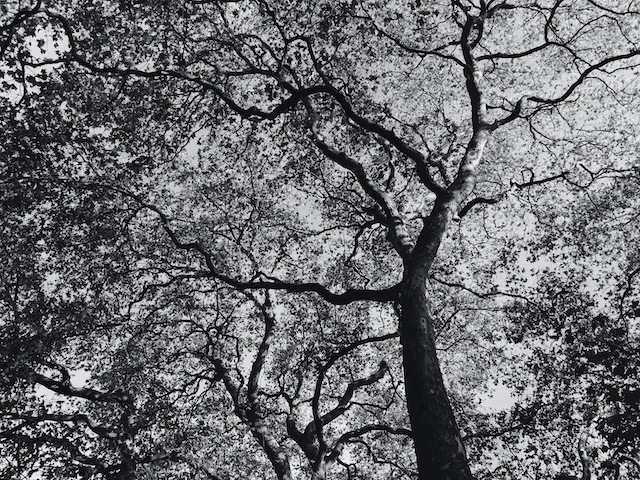It feels right as I take on my new role at Hazel Hill Wood to read the Hidden Life of Trees. This is an evolving post based on notes I take as I read through the book.
From the foreward: ‘The author’s deep understanding of the lives of trees, reached through decasdes of careful observation and study, reveals a world so astonishing that if you read his book, I believe that forests will become magical places for you too.’
Key themes:
Trees live on a vastly different timescale to us. The electrical impulses that pass through their roots move at less than a centimetre a second. It is understandable should fail to understand them if we look at them on our timestep.
Trees in a forest don’t merely stand in proximity, competing for light and resources – a very homo economus worldview.
Trees collaborate with each other to build resilience and the strength of the community. Trees that become isolated from the rest, for example if there root systems are interrupted, are more susceptible to drought and disease.
Trees in a forest communicate with each other, releasing scent to warn of insect preditors, through nerve endings in their root systems, and through chemical exchange in the fungus network in the soil.
Trees can smell (looking out for the scent of others), trees can taste (the saliva of attacking insects, thereby identifying the threat, trees can hear – listening out for low frequency noises generated by other trees.
Trees that are artificially planted don’t display the same levels of communication and collaboration at root level because they haven’t developed in that location. A tree transplanted to an existing forest might still be isolated because it is doesn’t develop with these connections to the surrounding trees.
Thoughts provoked for me:
Example of how the each-for-their-own model is misplaced when thinking about nature.
An interesting alignment between scientific and spiritual engagement with trees. People say there is something magical that happens between trees, and we can start to see how that magic is working.
Worthwhile thinking about what it is that has stopped us from seeing these phenomena before. It could be that our anthropocentric worldview has stopped us from seeing this – just like for the findings about the gut having intelligence. This has important consequences for the climate and biodiversity crisis. What has happened here: a human centric worldview has stopped us from seeing a richness because of the way we frame trees in our worldview. From this perspective, they are easier to devalue and therefore easier for us to destroy. But changing this worldview allows us to reveal layers of richness and complexity that will surely change how we value and interact with natural ecosystems. What is it that can allow this revellation? In the case of the author this book, constant and careful observation has changed his perspective, and from that new position he can find different answers.
What can we learn for the present ecological crises. There isn’t time for decision makers in this sphere to have the same level of contact, but we can bring people into contact with nature and share the findings humans are able to see from this new perspective.


Leave a Reply